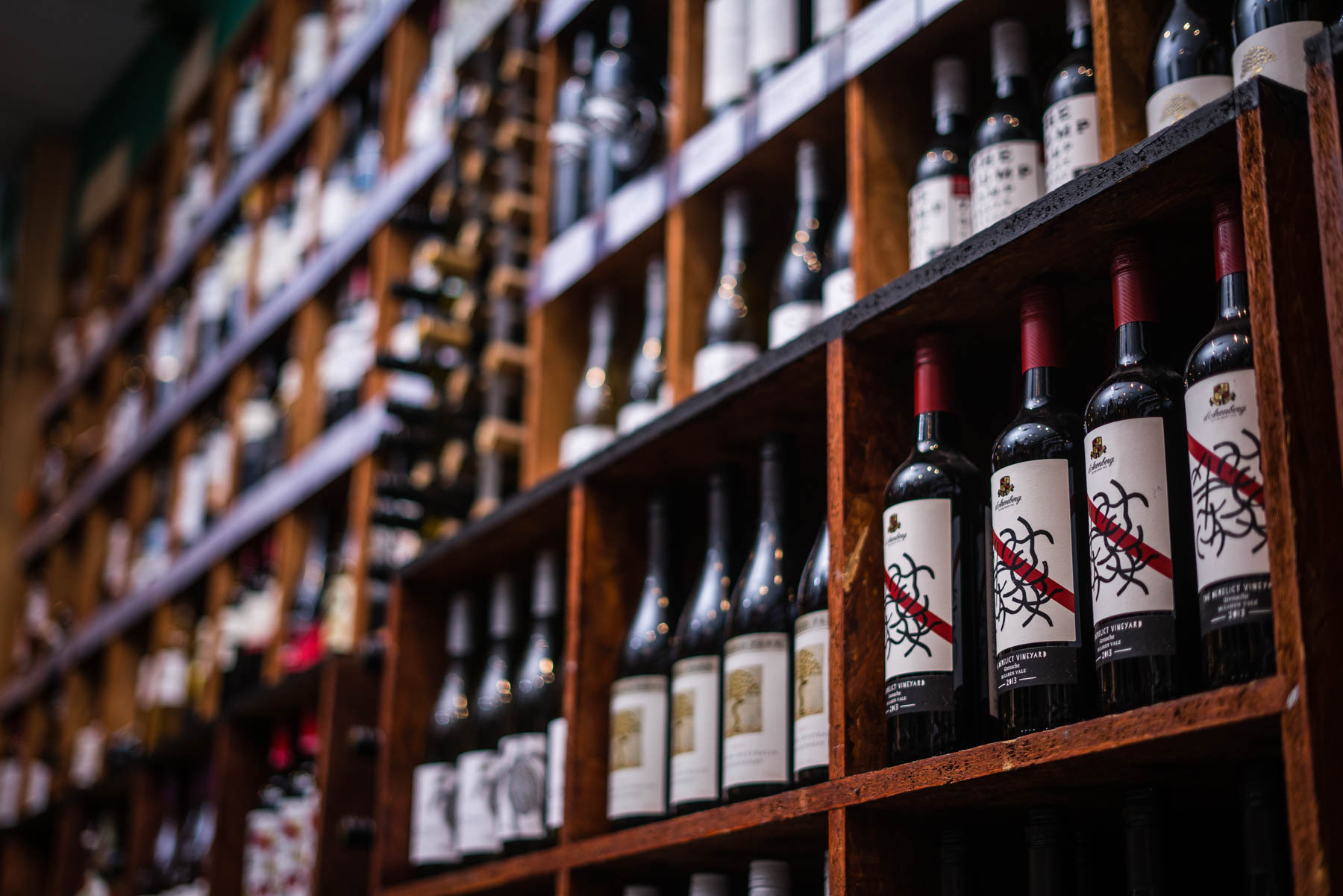Christmas just isn't Christmas without Port
Laura on 17 Dec 2013
December is the only time of the year when many people add Port to their wine shopping list (but Port isn't just for Christmas). Over 25% of all annual Port sales is sold in December alone in the UK, making it the most seasonal of all wines.
Click here to see all our Ports and Sherries
Here's my quick guide to Port as there’s still a lot of confusion about the different styles and how to serve;
Do I need to decant Port?
- Not all Port needs decanting! Only vintage Port and Crusted Port, which have been aged in bottle. They throw a sediment, which you do not want in your glass.
- If you’re buying Late Bottled Vintage, Special Reserve, or Tawny Ports, there’s no need to Decant. The wines have all been aged in casks and the sediment will have been removed before bottling. But, Decanting does look good and will help the Port "open up" more quickly too.
How to I decant and serve Port?

- You'll need a sharp knife to remove the heavy lead capsule
- Stand the bottle up straight for a couple of days to let the sediment sink to the bottom
- Equipment: Decanter (or jug), a decent corkscrew, a funnel, and ideally a strainer or a piece of muslin cloth.
- Put the bottle and decanter in the brightest light possible so you can see when the sediment is creeping into the neck of the bottle.
Ease the cork out gently; then steadily but carefully, pour the Port into the decanter, ideally through the funnel, watching out carefully for any traces of sediment especially as you get close to the bottom of the bottle. Lining the funnel with a piece of muslin is a sure-fire way of making sure no sediment gets through.
- Serve in normal wine glasses, or similar shaped smaller ones.
How do I know the difference between different types of Port?
The labeling on bottles of Port may look confusing, but the styles break down quite easily

- Late Bottled Vintage, and Special Reserve – these are Ports, which have been aged in barrel for a number of years, and are therefore ready to drink as soon as they are filtered and bottled – for example Quinta do Crasto LBV 2008 is a beautifully rich, textured, fig and blackberry packed wine, with hints of bitter chocolate and a velvety richness, which was produced in 2008, but spent at least 4-5 years in oak casks before being bottled.
-Tawny Ports are named after their colour, which they acquire from the lengthy time they spend in barrel – sometimes up to 30 or 40 years. They have a rich toffee colour, and lusciousflavours of walnuts and caramel – 20 yr old tawnies are my favourite, and they are great served slightly chilled.
-Vintage Port is a unique experience, and one to relish; it is made only in the best years, normally no more than 4 in a decade; and this is where patience has to a virtue.
With vintage Port, you have to buy, store and let them slumber until they have grown up. As the wine is in bottle, ageing is much slower than in a big oak cask, and some of the greatest Ports only come into their own after a couple of decades and will last well up to 40-50 years.
Quinta do Crasto 2009 is one to savour and to tuck away if you can resist temptation, although it’s already a delicious mouthful, and is soft enough to drink now. Rich, firm and dense, it has incredible concentration and will only improve.
If you want a taste of a top, beautifully mature Port, Great Western have managed to get their hands on a tiny quantity of the divine Warres Vintage Port 1985, which is now at the perfect stage for drinking, and beautifully rich, mature, and complex – a very special treat. But there are under 14 bottles available, so be quick if you want to experience good Port at its most sublime.
Angela Mount

